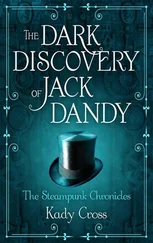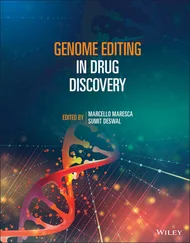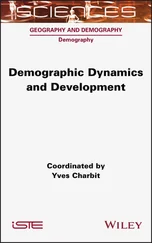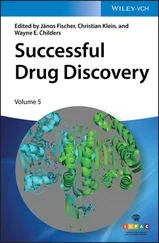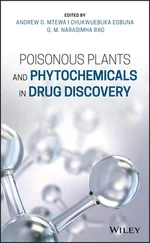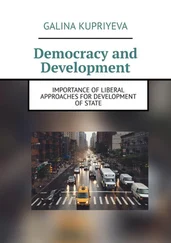Contemporary Accounts in Drug Discovery and Development
Здесь есть возможность читать онлайн «Contemporary Accounts in Drug Discovery and Development» — ознакомительный отрывок электронной книги совершенно бесплатно, а после прочтения отрывка купить полную версию. В некоторых случаях можно слушать аудио, скачать через торрент в формате fb2 и присутствует краткое содержание. Жанр: unrecognised, на английском языке. Описание произведения, (предисловие) а так же отзывы посетителей доступны на портале библиотеки ЛибКат.
- Название:Contemporary Accounts in Drug Discovery and Development
- Автор:
- Жанр:
- Год:неизвестен
- ISBN:нет данных
- Рейтинг книги:4 / 5. Голосов: 1
-
Избранное:Добавить в избранное
- Отзывы:
-
Ваша оценка:
- 80
- 1
- 2
- 3
- 4
- 5
Contemporary Accounts in Drug Discovery and Development: краткое содержание, описание и аннотация
Предлагаем к чтению аннотацию, описание, краткое содержание или предисловие (зависит от того, что написал сам автор книги «Contemporary Accounts in Drug Discovery and Development»). Если вы не нашли необходимую информацию о книге — напишите в комментариях, мы постараемся отыскать её.
A useful guide for medicinal chemists and pharmaceutical scientists Contemporary Accounts in Drug Discovery and Development
Contemporary Accounts in Drug Discovery and Development
Contemporary Accounts in Drug Discovery and Development
Contemporary Accounts in Drug Discovery and Development — читать онлайн ознакомительный отрывок
Ниже представлен текст книги, разбитый по страницам. Система сохранения места последней прочитанной страницы, позволяет с удобством читать онлайн бесплатно книгу «Contemporary Accounts in Drug Discovery and Development», без необходимости каждый раз заново искать на чём Вы остановились. Поставьте закладку, и сможете в любой момент перейти на страницу, на которой закончили чтение.
Интервал:
Закладка:
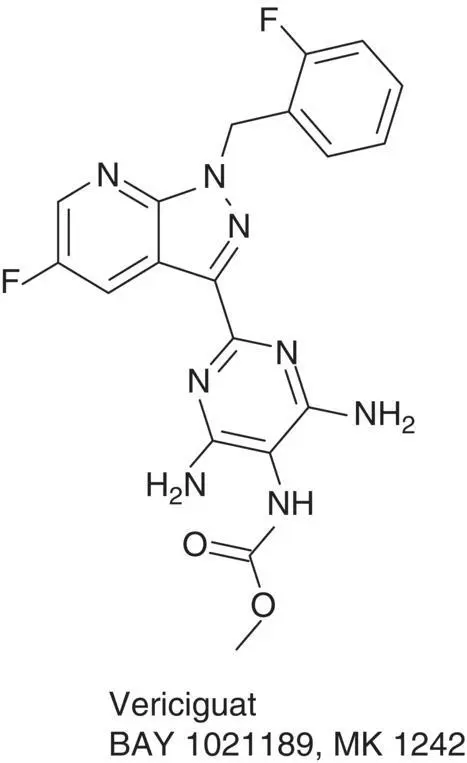
Figure 3.1 sGC stimulator vericiguat.
3.2 Soluble Guanylate Cyclase Stimulators as Treatment Option for Heart Failure
The nitric oxide (NO)/sGC/cGMP pathway is one of the major signaling cascades for regulation of cardiopulmonary, vascular and renal function ( Figure 3.2) [7, 8]. This signaling pathway is triggered by the production of NO via NO synthases. NO, which is a gas, can pass cellular membranes and binds to the cytosolic sGC which carries an NO‐binding heme structure in the beta subunit of the enzyme. NO binding to sGC triggers a conformational change of the enzyme and an activation of the catalytic site which transfers GTP in the second messenger molecule cGMP which binds and activates several downstream targets, e.g. the cGMP‐activated protein kinases (PKG1 and PKG2) [9]. Impairment and disruption of the NO/cGMP pathway which is characterized by a decline in cGMP production causing the abrogation of cGMP downstream signaling, contributes to the development and progression of CV diseases including HF [10]. The pathophysiology of CV diseases includes endothelial cell dysfunction which impairs NO production leading to decreased NO availability and reduced cGMP tissue levels. This reduced NO availability and insufficient stimulation of sGC results in systemic, vascular dysregulation, affecting the coronary, pulmonary, and renal circulation. Moreover, impaired sGC signaling is leading to organ damage and dysfunction of the heart. Therefore, it is an intriguing therapeutic concept to restore cGMP signaling via direct stimulation of sGC with the novel, NO‐independent sGC stimulator vericiguat [11, 12]. Vericiguat has been shown to directly bind to sGC and stimulates the enzyme also in the absence of NO. In addition, vericiguat could enhance the efficacy of endogenous NO. Thus, vericiguat is able to restore impaired cGMP signaling in chronic HF. This unique mode of action makes vericiguat a promising molecule for the treatment of CV disease including HF.
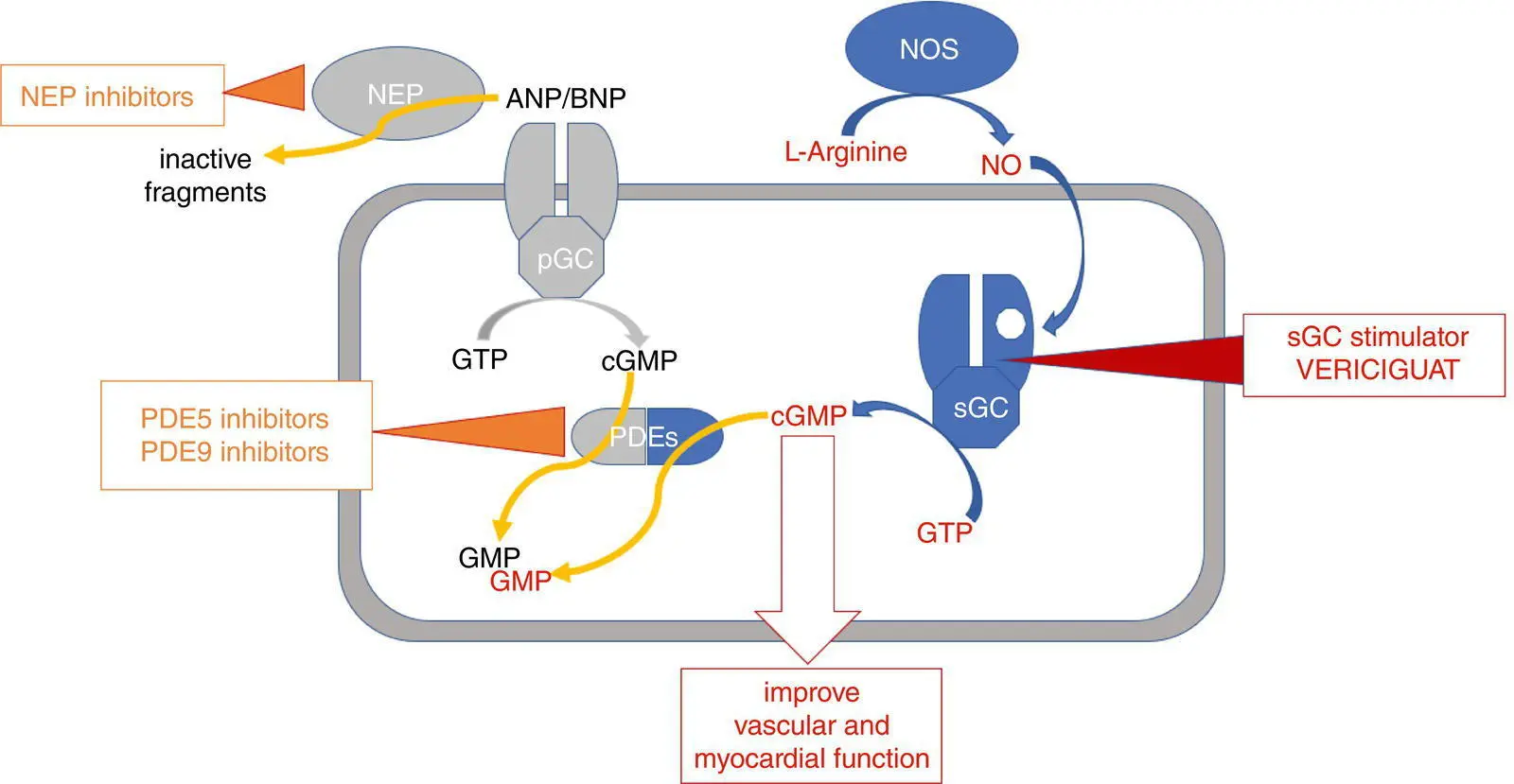
Figure 3.2 The NO/sGC signaling and natriuretic peptide/pGC signaling with major pharmacological intervention sites. Abbreviations: ANP, atrial natriuretic peptide; BNP, brain natriuretic peptide; cGMP, cyclic guanosine monophosphate; GMP, guanosine monophosphate; GTP, guanosine triphosphate; NEP, neutral endopeptidase; NO, nitric oxide; NOS, nitric oxide synthase; NP, natriuretic peptide; PDE, phosphodiesterase; pGC, particulate guanylate cyclase; sGC, soluble guanylate cyclase.
Despite this strong rationale for cGMP elevation as an effective treatment option for HF, previous attempts by NO donors which also stimulate sGC and cGMP production, and also by PDE5 inhibitors which inhibit degradation of cGMP, mostly failed [13].
sGC activators which generate cGMP via interaction with the dysfunctional form of sGC, apo‐sGC, have not been explored in chronic HF; however, cinaciguat (BAY 58‐2667) has been characterized in acute HF [13]. Based on promising preclinical results, a phase 2 study in patients with acute decompensated heart failure (ADHF) was initiated. Continuous intravenous infusion of cinaciguat was well tolerated and resulted in an improvement of cardiopulmonary hemodynamics. The subsequent clinical phase 2b program studied the effects of cinaciguat in three randomized, double‐blind, placebo‐controlled studies in ADHF patients; however, the clinical development of cinaciguat was terminated prematurely because of hypotensive events without clear benefit [12].
Very recently, another cGMP‐elevating principle, sacubitril combined with the angiotensin receptor blocker valsartan, was studied successfully as an oral treatment in HF [14]. The neprilysin inhibitor sacubitril is hypothesized to work via natriuretic peptide elevation and associated stimulation of the particulate guanylate cyclase (pGC) [15–17]. The endopeptidase inhibitor sacubitril may affect other potential downstream effectors such as substance P, and the actual contribution to the improved outcomes in HFrEF of the observed elevation of natriuretic peptide in response to neprilysin inhibition with subsequent cGMP generation via pGC remains open [16]. However, as discussed elsewhere in more detail, since the cellular signaling and biologic effects of pGC‐derived and sGC‐derived cGMP differ [12], stimulation of sGC with vericiguat is likely to act complementarily and may add further efficacy to the remaining high residual event rates still seen in HFrEF even with sacubitril/valsartan treatment [14].
3.2.1 Persistent High Medical Need in High‐Risk Patients with Chronic HF
A unique population of patients with worsening chronic HF was studied in VICTORIA. All patients were enrolled within a time window of six months after a qualifying previous HF decompensation (defined in the protocol as HF hospitalization or use of IV diuretics for HF [without hospitalization]) [18]. Worsening chronic HF was identified in registries of patients admitted for HF about two decades ago. In order to overcome the misleading distinction between acute and stable chronic HF, the term worsening chronic HF was coined when registry data indicated that the majority of events previously classified as acute decompensated HF events occurred due to exacerbations of chronic HF in more than 70% of patients admitted with acute HF [19, 20]. In these patients, worsening of hemodynamic function and further activation of neurohormones during acute HF syndromes contribute to the progression of HF ( Figure 3.3) [21].
To reflect the recurrent nature of worsening HF episodes within the course of the disease, worsening chronic HF denominates the specific population of those patients with HF who had at least one worsening HF event as opposed to those who never required hospitalization. This has important prognostic implications. Even after just one worsening HF event, subsequent clinical event rates of recurrent worsening HF or CV death are substantially higher than in patients without a previous decompensation [22–24]. The independent prognostic value of the previous worsening HF event becomes evident when comparing the clinical characteristics of patients with a previous hospitalization as opposed to those without who were enrolled in the CHARM trial [24]. Subtle differences were seen between these patient groups for several traditionally established risk factors. Patients with a previous HF hospitalization had suffered more frequently with diabetes and atrial fibrillation, were on average in a higher New York Heart Association (NYHA) class, though less often had a previous myocardial infarction. However, the presence or absence of these established factors was less clearly differentiating between populations at different levels of risk than the single attribute of the presence or absence of a previous HF event [24].
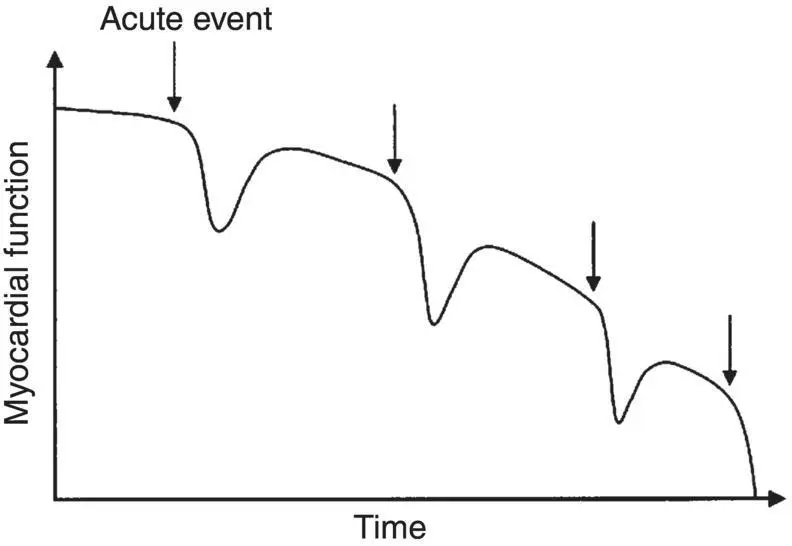
Figure 3.3 Recurrent acute events contribute to heart failure progression. With each admission for acute heart failure syndrome, there is a short‐term improvement; however, the patient leaves the hospital with a further decrease in cardiac.
Source: Reproduced with permission. Copyright© 2005, Elsevier [21].
As worsening HF events occur despite established treatment for HF, a large residual medical need persists in patients with worsening chronic HF. New therapies are urgently needed to reduce the unacceptably high mortality and morbidity rates in this segment of the overall population of patients with HF at particular risk of future events. The pivotal event‐driven phase 3 trial studied the efficacy of vericiguat in the population of patients with worsening chronic heart failure and EF <45% in order to reduce the residual burden of CV death and HF hospitalization in these patients [18].
Читать дальшеИнтервал:
Закладка:
Похожие книги на «Contemporary Accounts in Drug Discovery and Development»
Представляем Вашему вниманию похожие книги на «Contemporary Accounts in Drug Discovery and Development» списком для выбора. Мы отобрали схожую по названию и смыслу литературу в надежде предоставить читателям больше вариантов отыскать новые, интересные, ещё непрочитанные произведения.
Обсуждение, отзывы о книге «Contemporary Accounts in Drug Discovery and Development» и просто собственные мнения читателей. Оставьте ваши комментарии, напишите, что Вы думаете о произведении, его смысле или главных героях. Укажите что конкретно понравилось, а что нет, и почему Вы так считаете.

